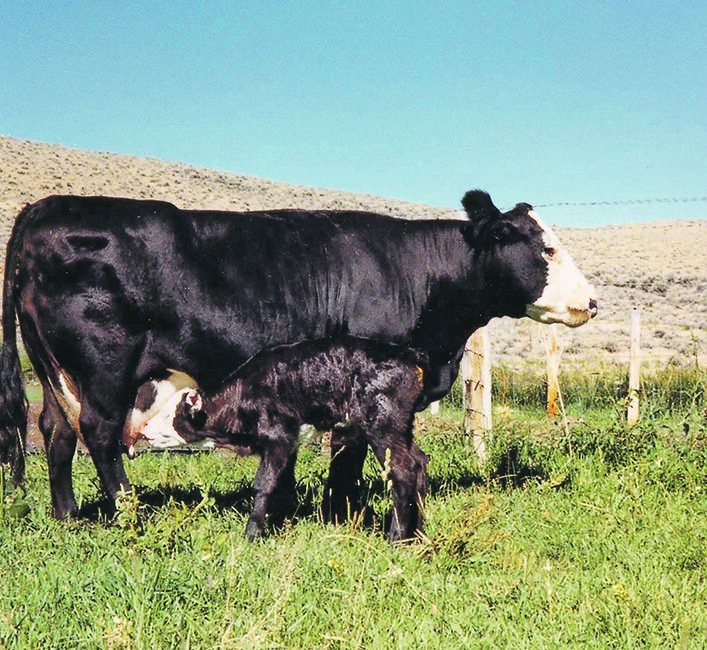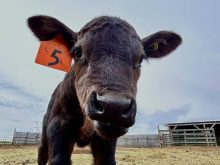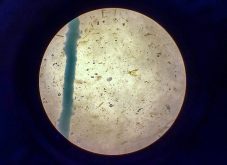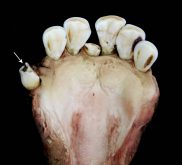Quick action needed because most antibody absorption will occur in the first two or three hours and diminishes after that
Human babies can derive antibodies from mothers but calves have no such advantage. That’s why colostrum is so important to newborn calves.
“A calf is born with almost no antibodies against disease pathogens. Survival is dependent on receiving those antibodies from colostrum, before gut closure,” says Dr. Deborah Haines, founder of the Saskatoon Colostrum Company and retired professor and immunologist at the Western College of Veterinary Medicine.
For a short time after birth, the calf has an “open” gut during which the large antibody molecules can slip into the bloodstream and lymph systems.
“In theory the gut is open for up to 24 hours, but it actually starts closing within a few hours,” Haines says. Most antibody absorption will occur in the first two or three hours and diminishes after that.
“In nature the calf suckles small amounts over a longer time period, whereas when we are supplementing, we usually feed a larger amount in just one or two feedings. We don’t give up and not feed colostrum just because we might be late getting it into the calf.”
Later feeding will still do some good, and some types of antibodies are meant to stay within the gut to attack some of the pathogens that can cause scours. However, calves unable to suckle benefit most from quick provision of colostrum.
“We find, however, that some calves also benefit from a second feeding of colostrum. You can give the whole mass of antibodies in one feeding, and this is often what is done on dairy farms. Those calves are given a gallon of colostrum soon after birth, mainly because those farms don’t have enough labour available to give two feedings,” Haines says.
“We’ve done studies in both beef and dairy calves, showing that calves, especially those that had a difficult birth … are unable to absorb antibodies as readily. These calves greatly benefit from a second feeding.
“You are better off to feed a bit less in the first feeding and provide a subsequent feeding within just a few hours.”
Gut closure is hastened as soon as the calf has a meal. This is because it’s a race between the pathogens and the antibodies, and Mother Nature wants the antibodies to get there first.
“For reasons we don’t understand, if a calf has had a stressful birth and is acidotic and not breathing very well, that calf is not absorbing antibodies very well in those first hours. It is critical to get these calves breathing and moving, and then deal with providing colostrum.”
Target levels for antibodies in newborn calves are more than 20 grams of IgG (immunoglobulin) in their blood serum after nursing. That isn’t always achievable, says Haines, but lower levels are still helpful, especially if pathogen loads are low.
“It’s a numbers game. How much challenge with pathogens versus how many antibodies are present to protect the calf from that challenge. So, the target today is to have calves get at least 200 grams of IgG and achieve blood levels of over 20 grams,” Haines says.
“Some studies in beef calves in Western Canada showed the cut-point for the calves that did best was around 24 grams of IgG in their blood serum.
“The goal in beef animals is to get the calf to suckle the mother. You don’t want an orphan calf to raise. If we have to give a colostrum product, we don’t want to give a tremendous volume that will make them too full and not want to nurse until later.”
A smaller feeding may encourage the calf to get up and suckle because it is still hungry.
“We generally recommend giving one or two litres at most, enough to get them going and encourage them to go to mom for more. But if they are unable to suckle mom within a few hours, we have to feed them again.”

A full feeding is recommended for an orphan calf or one obviously unable to suckle for a while.
“Many studies have looked at feeding colostrum after day one. At the end of day one, calves are not absorbing antibodies into the bloodstream anymore, but if we add some colostrum to the milk replacer after day one, we can still mimic some of the effects,” says Haines.
Colostrum protects calves as antibodies are absorbed into the bloodstream and secreted in mucosal surfaces of the gut and the respiratory tract, where they protect against infectious agents. Calves continue to get low levels of antibodies in milk over time but they gradually diminish.
“Throughout her lactation, the cow continues to have low levels of antibodies in the milk, though most of these are quite different than the antibodies in colostrum,” says Haines.
“The antibodies in milk are produced locally in the udder and most of them are intended to protect the udder itself against invasive pathogens, but there are also antibodies that would be the same as what you would find in colostrum, just in much lower levels.”
















